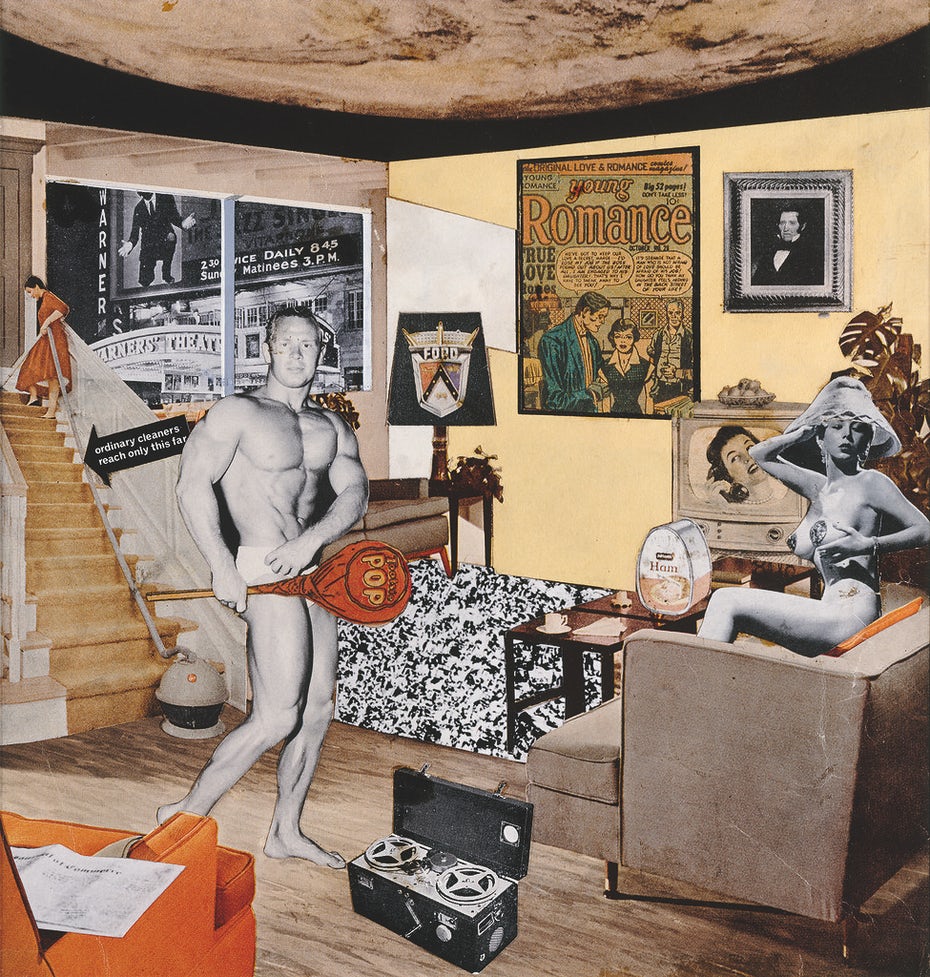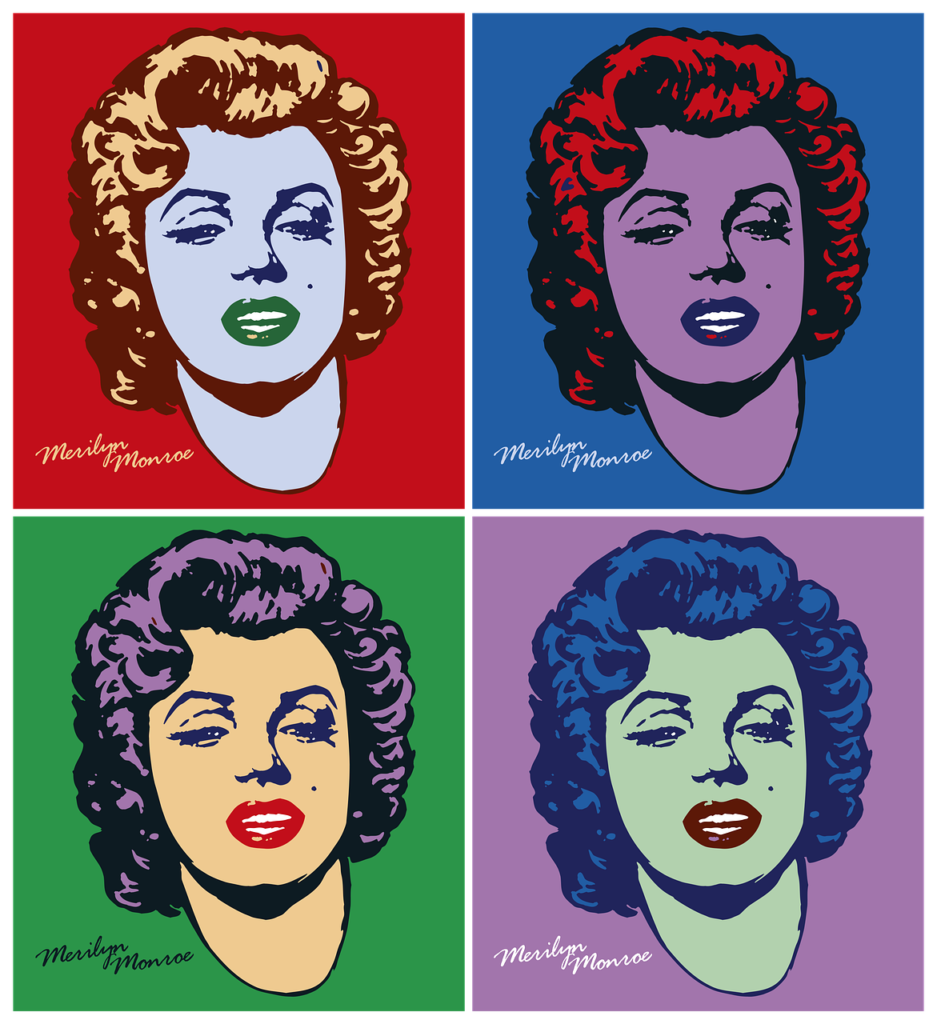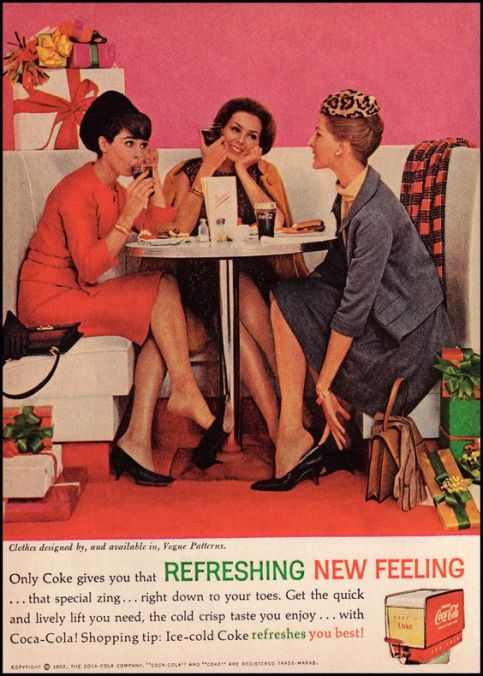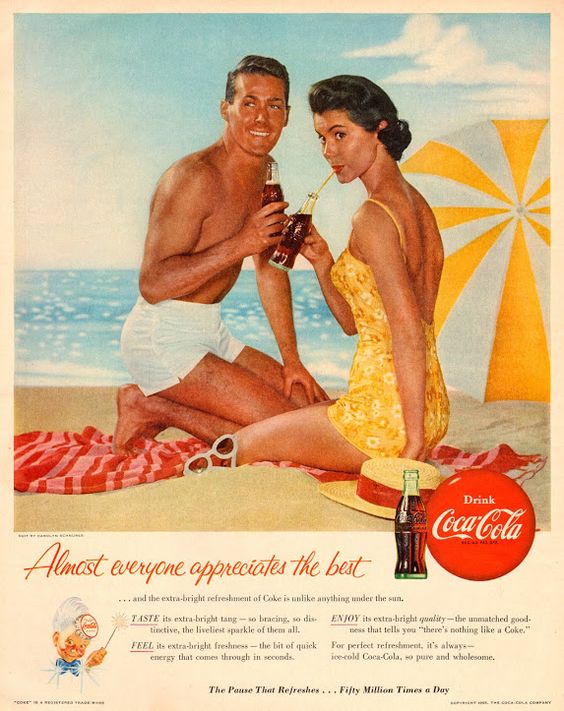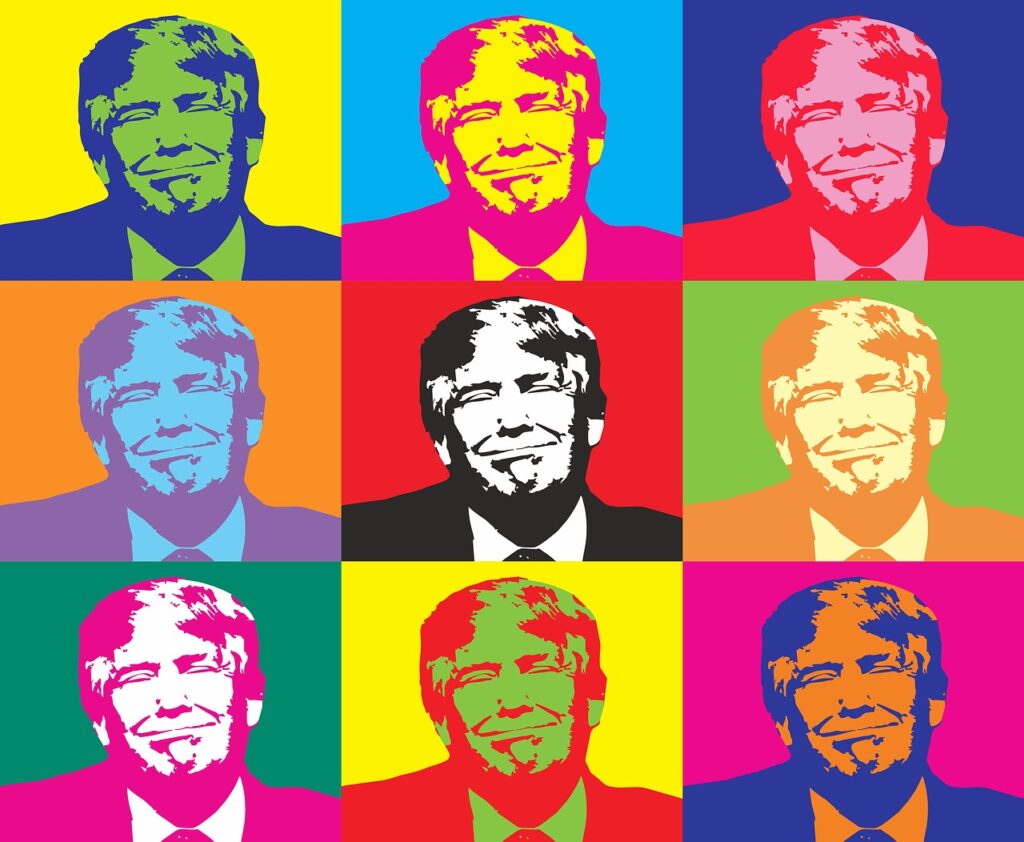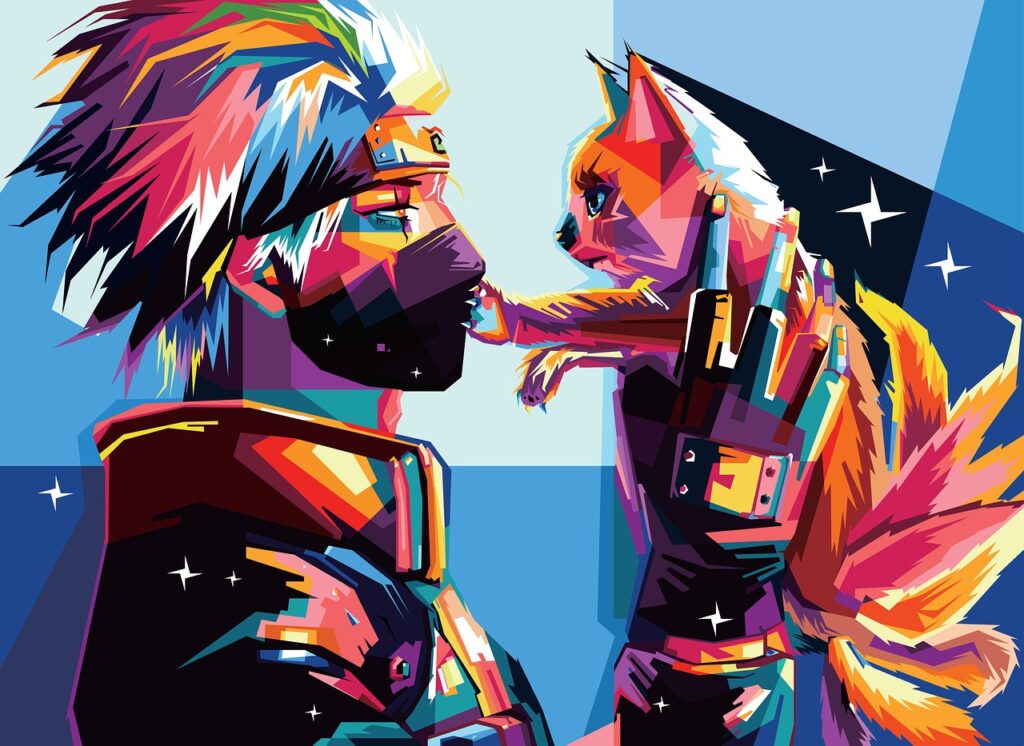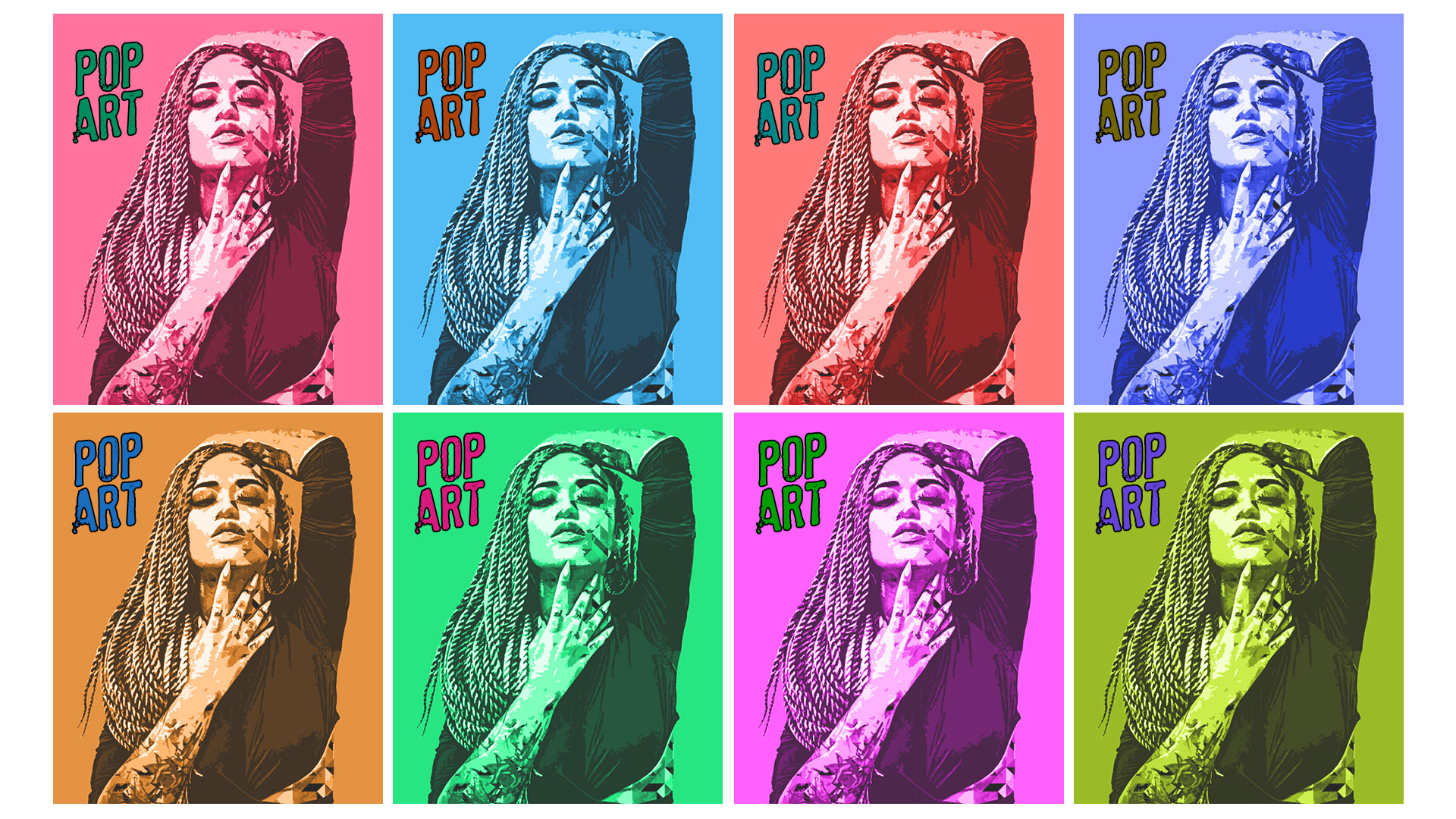
“Pop Art” the art movement that emerged in the mid 1950s
The term “Pop Art” has a strange ring to it. Art is typically appreciated for being innovative and one-of-a-kind.
The word “Pop”, on the other hand, emphasizes what makes the design so appealing. It revels in irony and combines what shouldn’t be together. Pop is usually seen as a lowbrow and noisy genre.
Pop art design is more than just a catchy term. It is a wonderfully vivid, humorous, and eclectic style whose popularity has survived for decades.
What is Pop Art?
Pop art design is a unique art trend that originated in England in the mid-1950s and spread across the United States a few years later. Its main focus was on images of famous American pop culture figures.
Deconstructing images from popular cultures like television, comic books, magazines, movies, and other kinds of advertising created pop art. Depending on the media from which the themes were taken, these components were shown with accuracy and commercial ways.
Pop Art typically copied the impersonal and machine-driven images of commercial products, in contrast to the artwork highlighting the artist’s unique touch.
What makes something a Pop art? Just like other art, it depends on the individual interests and sensibilities of each artist. On the other hand, most pop art has a few things in common:
- Subject matter featuring popular Americana such as celebrities, advertisements, shopping catalogues and comic books
- Mass production techniques such as halftone printing
- Excessive repetition
- Image reproductions with substituted colors
The History
“This isn’t art!” was a common criticism of Pop art, as it was of so many other artistic revolutions. To some sense, these criticisms were correct: reproductions of widely available pictures were not what art had previously been.
At the same time, American art has just experienced a period of realism, or naturalism.
Artists in this movement returned the subject matter of their paintings from religion or bourgeois portraiture to scenes of everyday people in order to depict American life as it actually was.
Outside of the art world, life in America had changed dramatically. Industrialization brought with it mass output and overcrowding in metropolitan areas.
Later, the end of World War II and the subsequent economic boom prompted a widespread movement to the suburbs in search of calm, residential living.
Meanwhile, advertising was developing itself as a unique industry, supported by new technologies like radio and television.
Many of the images used in commercials during this time period reflected and created the ideal suburban living style called “The American Dream”, showing outdoor family barbecues, women in full hair-and-makeup showing off the latest appliance.
As a result, television, movies, and commercialism profoundly affected the ideas of American society throughout this time period. The foundation for Pop Art design was laid by all of these cultural and aesthetic changes.
Pop Art content is a vivid, joyful art style that has lasted nearly half a century, and this is unsurprising given the powerful message it delivers.
It uses familiar imagery and techniques to appeal to ordinary senses. At the same time, it demonstrates what we value by reflecting our advertisements, heroes, and even rubbish back at us.
Share this post with your friends and express your views in the comments below.



